Villains of the Shrek Universe: From Nursery Rhymes to the Grim Reaper
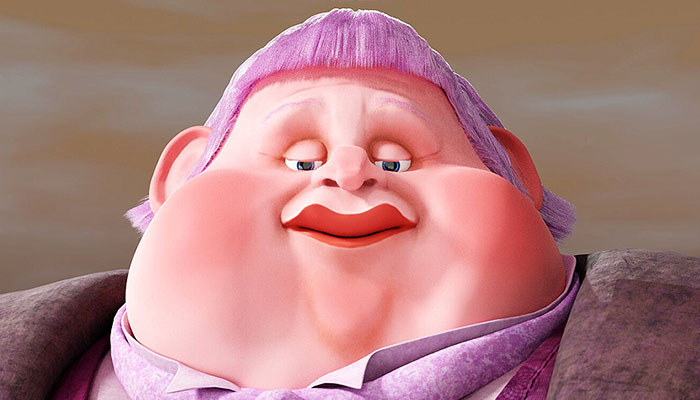
The Shrek franchise famously flips the script on fairy tales to create new fantasy stories. The DreamWorks movies present a monstrous ogre named Shrek as the protagonist, rather than the usual antagonistic role of ogres in fantasy. Even other characters in his world are continually surprised that an ogre is the hero fighting for a “happily ever after” with a princess.
Most of the villains in the franchise must be just as noteworthy to serve as opponents to Shrek and his friends. Fans of Disney may be quite surprised to see characters like the Fairy Godmother, Prince Charming, and Rapunzel become bad guys. The most recent movie in Shrek’s extended universe, Puss in Boots: The Last Wish, garnered heaps of praise for its fascinating villains, especially the Big Bad Wolf, aka Death.
Comparing antagonists across the Shrek universe may illuminate interesting themes and lessons that both children and adults can appreciate.
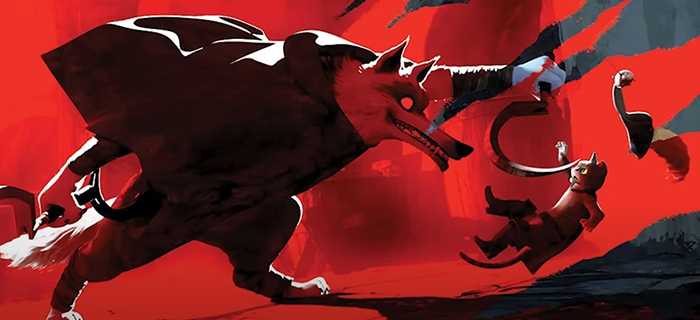
Jack and Jill and Goldilocks: Very Occasionally, Crime Does Pay
The Shrek franchise’s version of Puss in Boots is a departure from the manipulative trickster from the original fairy tale. He takes more inspiration from Zorro, another character played by Puss’ voice actor, Antonion Banderas. When introduced in Shrek 2, he was a sword-for-hire who quickly became one of Shrek’s most loyal friends after feeling he owed the ogre a life debt. When he got his own spinoff movies, he was a vigilante committing heists for the benefit of the common folk. As with most crime-committing protagonists, some of Puss’ enemies are fellow criminals who have considerably less morality than him.
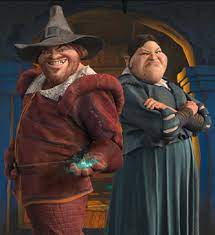
In the first Puss in Boots movie, Puss runs afoul of outlaws named Jack and Jill. If not for their well-known names, these characters would be utterly unrecognizable as characters from a nursery rhyme. The married couple takes more inspiration from famous historical outlaws Bonnie and Clyde. In their introductory scene, they murder a random person just to create an opening in a hotel’s guest list. However, we do not learn much more about them throughout the movie. Jack and Jill are not particularly well-developed characters, as their main role is to draw attention away from the true villain of the movie… but more on that later.
In The Last Wish, Puss is one of many people searching for the Wishing Star, a magical source of limitless life-changing power. One of his competitors is the crime family Goldilocks and the Three Bears. In this version of the story, the Bears adopted Goldilocks after finding her in their home. Then they started committing crimes, although they don’t seem to have sinister motives. They just do it for the money; a trio of bears and a clever young human is specially qualified for “smash and grab” jobs and, presumably, not much else.
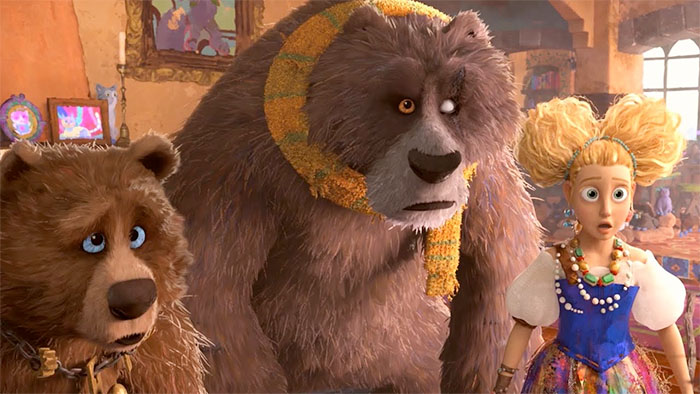
Like so many criminal teams, the criminals in these movies face an issue of differing perspectives. Jack would like to retire from crime, not because he is developing a conscience, but because he would like to start a family with Jill. Similarly, Goldilocks hopes to use the Wishing Star to magically create a human family for herself. She hesitates to admit this to the Bears because it will probably mean abandoning them, despite them seeing her as part of their family.
Jill responds to Jack’s suggestion by arguing that their pet piglets are family enough and dismisses the idea of retiring from crime as “talking crazy.” The Bears, on the other hand, are much more understanding and kind about Goldilocks’ desire for a “real” family. It is noteworthy that none of the Three Bears seem to have any desire to use the Wishing Star’s one and only wish for themselves. They only want to get it for Goldilocks, and even after she admits what she’ll use it for, they continue to fully support her. This suggests the Bears’ love for Goldilocks is much more selfless and genuine than Jill’s love for her husband.
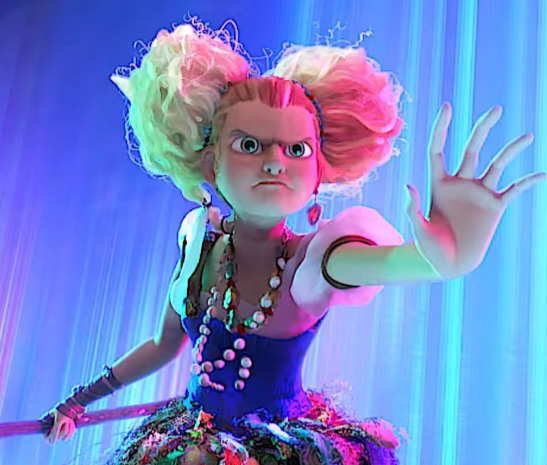
Jack and Jill have not settled their argument before the end of their movie, although they are severely injured in a monster attack and no doubt forced to take a break from crime for a while. Goldilocks, however, finally decides to give up her Wish and accept the Bears as her family. The four of them decide to take over a bakery and, most likely, do less crime to focus on family togetherness. This growth makes Goldilocks and the Three Bears stronger characters than Jack or Jill.
Humpty Dumpty and Rumpelstiltskin: Dangerous Obsessions
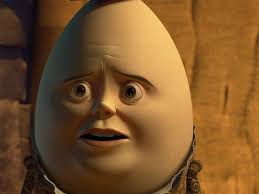
The main villain of the first Puss in Boots movie, the secret employer of Jack and Jill, is Humpty Dumpty. He is Puss’ childhood friend, and he believes he is meant for more than his life as an orphan and a street urchin. He turns to crime to pursue that better life, and when he tries to convince Puss to help him, Puss declines, leaving Humpty to get arrested.
Humpty harbors a lifetime of resentment for Puss, as well as their hometown of San Ricardo, which he holds responsible for his lowly position in life. His revenge involves getting Puss arrested in San Ricardo and then luring a giant monstrous goose to the town to destroy it. This is an extreme response to the “betrayal” of his friend, suggesting there is something deeply wrong with Humpty and his morality. However, at the end of the movie, Puss manages to reconcile with Humpty and convince him to redeem himself by saving the town. Humpty does this by sacrificing himself, dying in a great fall. His corpse becomes a golden egg, which Puss claims proves he was always “good inside.”
Humpty’s story bears some resemblance to Rumpelstiltskin, the villain of Shrek: Forever After. Unlike most villains in the franchise, this one closely matches the depiction of the character in the original fairy tale: a very powerful and vindictive trickster whose power revolves around making deals.
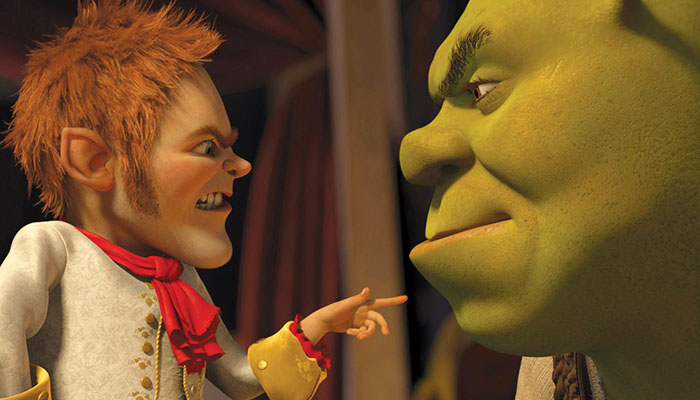
At one point, Rumpel tries to make a deal with the king and queen of the kingdom of Far Far Away, breaking their daughter’s curse in exchange for total rule of their kingdom. Before he can complete the deal, their daughter is rescued by Shrek. Rumple develops an obsessive hatred of Shrek, and he takes revenge by tricking the ogre into a contract that erases everything Shrek has done. This creates a world where Rumpelstiltskin rules the kingdom as a cruel tyrant. He is particularly cruel to ogres and Shrek’s friends, mostly out of vindictive revenge against Shrek, like Humpty’s complicated revenge on Puss.
Rumpel loves taking advantage of vulnerable people. He is apparently convinced that “no one is smart but [him],” and he likes to prove it by using wordplay to trick people into making bad deals. He promises the king and queen “all their problems will disappear,” and then the king and queen disappear, as people who have faded out of existence apparently have no problems anymore. “Free all ogres” becomes “free every ogre in the kingdom except for one who sometimes turns into a human,” because that one is not “all-ogre.”
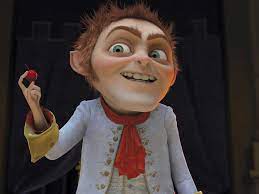
The end goal of all this is Rumpel satisfying his greed for power, much like Humpty Dumpty’s greedy obsession with getting a life of luxury by any means necessary. Rumpel is shown being unnecessarily cruel to people under his power. He threatens the witches who work for him with water that melts them like acid. He employs the Pied Piper to capture Shrek and his fellow ogres through enchanting music that defies free will. Unlike Humpty Dumpty, Rumpel has no backstory to make him at all sympathetic or explain why he is the way he is; he’s just evil.
Jack Horner and Prince Charming: Spoiled Brats
Big Jack Horner from Puss in Boots: The Last Wish is also a cartoonishly evil villain, although his backstory is revealed. He was the Shrek universe’s version of a child star when he was Little Jack Horner, and he grows up seeing other people get even more famous than him with their fairy tales, most of which involve magic making their wishes and dreams come true. Although Horner has loving parents and a very comfortable lifestyle, he is envious of the magical creatures and obsessed with attaining magic for himself. This could be attributed to him being a spoiled brat, never being content with what he has and always wanting more.
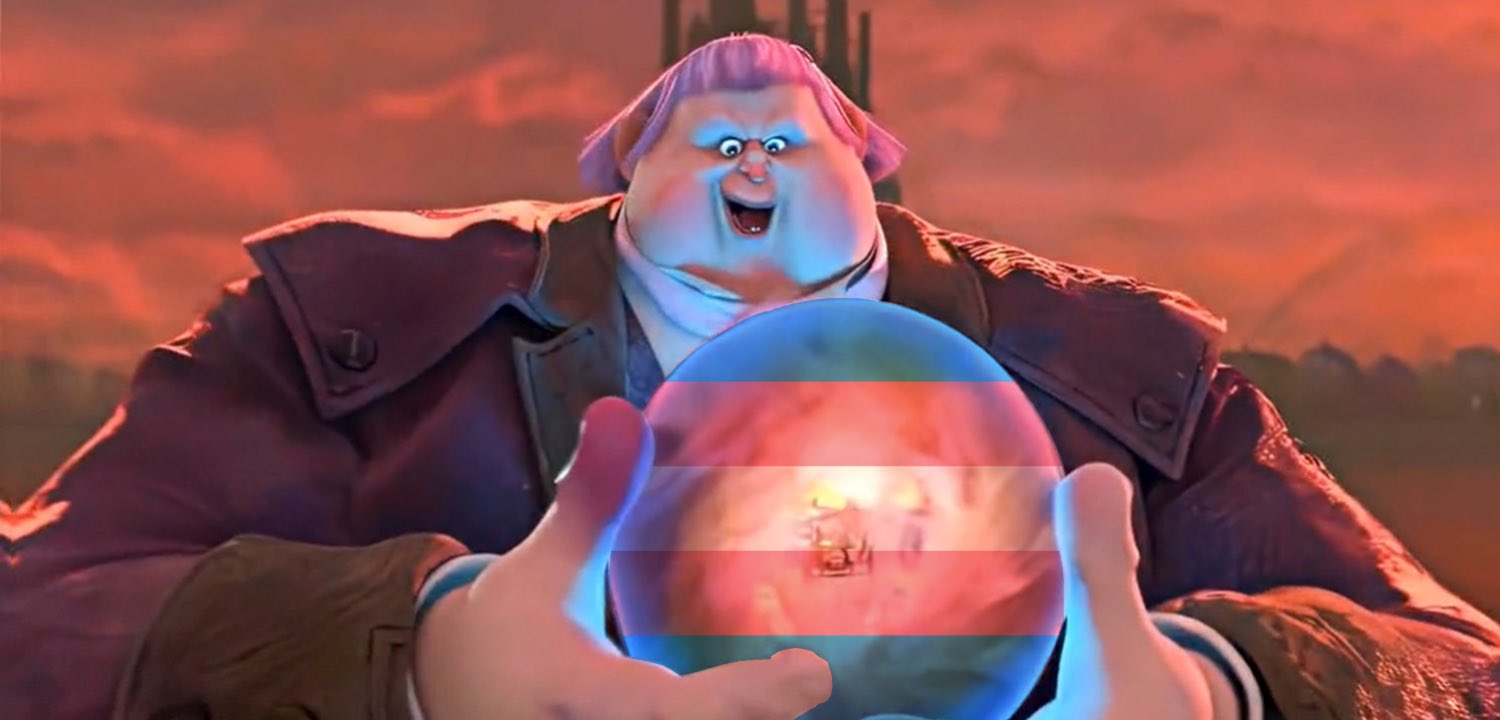
Horner wants to use the Wishing Star to hoard all the magic in the world for himself, so no one else can have any. This incredibly selfish wish would be even more devastating to the world than Rumpelstiltskin’s Shrek-less dystopia. Horner shows no remorse for his intentions or the terrible actions he takes to achieve his goals.
As a crime lord, Horner is possibly even crueler to his lackeys than Rumpelstiltskin. If anyone so much as mentions his childhood, he becomes outraged and magically kills them. He makes his minions form a human bridge to get across a canyon, and he doesn’t care when most of them fall, presumably to their deaths. During a fight scene, he accidentally kills some of his own minions without a moment of remorse. A character meant to be a parody of Jiminy Cricket, the spirit of ethical guidance, calls Horner an “irredeemable monster.” Horner acknowledges that this should be obvious, and he continues not to care.
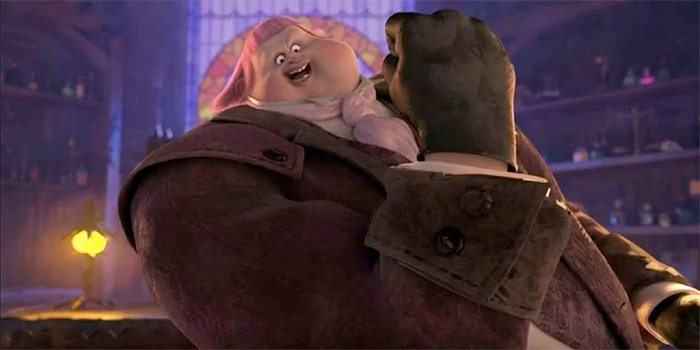
All the other characters in The Last Wish team up to destroy the Wishing Star, giving up their own wishes, to deprive Jack of getting his wish. He is apparently destroyed in the process, denying that he deserves this fate with his last breath. Audiences never get a reason to think he deserves to be spared or redeemed. He is a high-quality villain because, while he is very entertaining to watch, it is very satisfying to see him go.
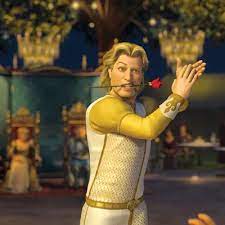
Another spoiled brat in the Shrek universe is Prince Charming. It may be a twist to fully make him a villain, but many fans of fairy tale retellings can appreciate the idea that Charming’s privileged life makes him selfish and shallow. In Shrek 2, this is likely caused by his mother, the Fairy Godmother, raising him to believe he can have anything he wants. The Fairy Godmother also manipulates events to ensure Charming gets what he wants. But more on that later.
Charming thought he would be the hero who rescued and married Princess Fiona. When he learns Shrek did that and is therefore in line to be king of Far Far Away instead of Charming, the prince gets irrationally angry. He exclaims that Shrek “stole [his] kingdom,” even though Shrek never knew there was any competition for who got to Fiona first and Charming didn’t lose anything he previously had. Like Jack Horner, this is the reaction of an immature, spoiled man who feels entitled to anything he doesn’t have.
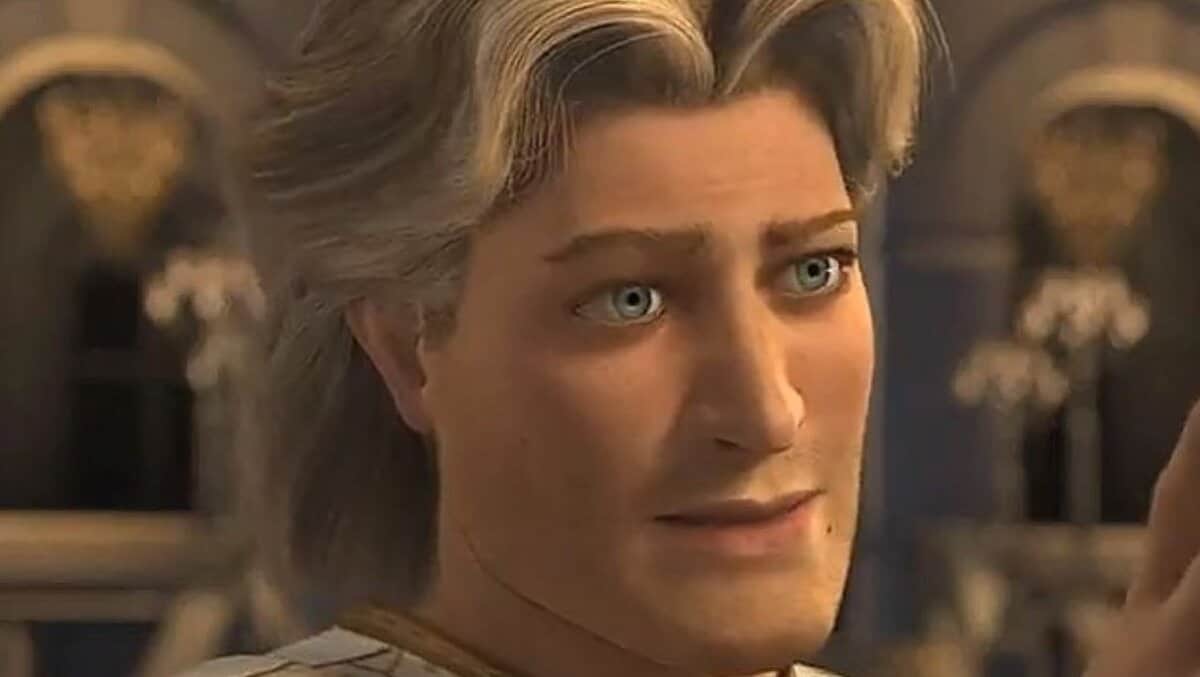
In Shrek the Third, Charming returns for his revenge. He recruits a small army of fairy tale villains to help him overthrow the rulers of Far Far Away, using his leadership skills and charisma to win them over. He even convinces Rapunzel to come to his side and betray her friends, and he controls the kingdom for a short time. This shows he is a capable villain, even if his motivations are shallow and vain.
Charming’s plan ultimately fails simply because his enemies are capable heroes. Fiona helps her fellow princesses fight back by encouraging them to take initiative for themselves. Arthur Pendragon convinces Charming’s army of villains to turn on him by making an inspirational speech. Then Charming tries to stab Arthur, but Shrek gets in the way. This ending does not take away from the strength of Charming’s character.
The Fairy Godmother and Farquaad: Stop Ruining My Story
Prince Charming inherits aspects of his villainous nature from his mother, the Fairy Godmother. Even fans who readily believe Charming is secretly a jerk may be surprised that the Fairy Godmother is also secretly evil. She does help others to get what they want, but based on what is shown in Shrek 2, she always wants to get something in return for her favors. If things don’t turn out the way she wants, she threatens to take back what she provided and leave people sad and suffering again.
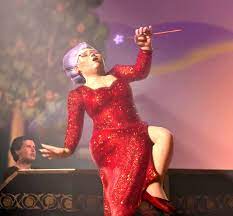
Interestingly, what the Fairy Godmother wants is not entirely selfish. She does not seem envious of anything anyone else has or entitled to what she doesn’t have. Rather, she wants to use the power she has to give her son things and make him happy. However, putting her son’s happiness above everyone else’s happiness has the same effect as most other villains’ selfish motivations. As previously mentioned, this also leads to Charming being a spoiled brat, which means the Fairy Godmother’s parenting methods could be considerably better.
When Shrek and his friends go to the Fairy Godmother’s potion factory, they pretend to be representatives of a worker’s union. The receptionist they are talking to immediately begins complaining about the working conditions under the Godmother and lets them into the factory without asking any questions. This suggests, like Rumpel and Jack Horner, the Fairy Godmother is severely unfair to people who work for her, another detail to make her seem more evil.
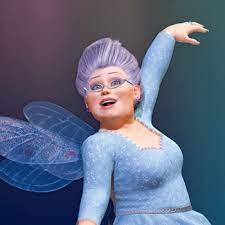
The other notable thing about the Fairy Godmother is the way she breaks her diet. Things not going her way make her stressed, and she uses this stress as an excuse to indulge in unhealthy food. She blames the King of Far Far Away for causing this stress and thus blames him for her diet being ruined. The Fairy Godmother’s true motivation is feeling in control of everything around her. Blaming others for her faults and flaws is her way of maintaining the illusion of control over things she doesn’t really control. According to her, anything she doesn’t control is automatically bad and must be stopped.
The Fairy Godmother also reveals this motivation when she is talking to Shrek and trying to explain why he shouldn’t be married to Fiona. She points out several other fairy tales that don’t involve ogres being the heroes, getting the girls, and living happily ever after. Because there is no well-known precedent, she argues, Shrek is wrong to pursue his happiness, and that is why Fiona is not happy being married to him. Of course, there is no actual rule that says ogres can’t be heroes, and Fiona has not said their unhappiness is permanent. The Fairy Godmother is just using this argument to try to get what she wants.
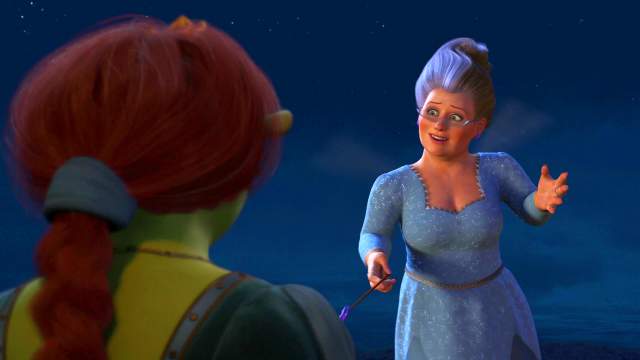
Ultimately, the Fairy Godmother loses because the King stops helping her and sacrifices himself, giving up the favor he received to ensure Shrek and Fiona get to keep their happy ending. This is similar to the characters in Puss in Boots: The Last Wish giving up their wishes to defeat Jack Horner. A few moments later, Shrek gives up something he would like to keep because it will make Fiona happier. This demonstrates that Shrek and his allies are heroes because of their selflessness. The stark contrast with the villains’ selfishness makes them all stronger characters.
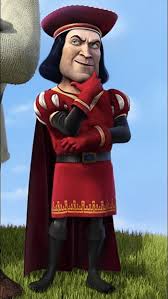
Ousting Shrek to maintain control goes back to the very first villain in the Shrek franchise: Lord Farquaad. In the original Shrek, this ruler charges Shrek with a quest to rescue Princess Fiona and deliver her to him so he can marry her. By the laws of their world, this marriage will make him king. Farquaad is quickly established as power-hungry, just like Prince Charming, Jack Horner, and Rumpelstiltskin.
Farquaad considers fairy tale creatures “trash poisoning [his] perfect world.” Unlike the other villains in the Shrek franchise, Farquaad is not based on a fairy tale character. He almost seems to be an outsider from a world of more serious medieval fantasy, where animals and puppets don’t talk, cookies don’t get up and run away, and so on. He sees these characters as anomalies, and he evicts them from their homes and turns them into refugees in pursuit of what he calls perfection.
In the musical theater adaptation of Shrek, Lord Farquaad is given more backstory. The show says his father was Grumpy, presumably one of the seven dwarves from Snow White’s fairy tale. Farquaad wants a better life than the dirty drudgery of his father’s mining job, and ever since his father abandoned him, he has resented all fairy tale creatures like him. By forcing all such creatures out of his kingdom, he can ignore the fact that he is descended from one of them – ignore any part of himself he resents.
Farquaad’s policy of prejudice is just as bad as the dystopia Rumpelstiltskin creates in Shrek: Forever After, if not worse. He hates the whimsy of fairy tales, and audiences can quickly understand this as a villainous motivation. In the end, he is defeated because Shrek’s talking donkey friend has tamed a dragon, who swallows Farquaad whole. In other words, he is defeated by fairy tale whimsy, an ending audiences probably find very satisfying.
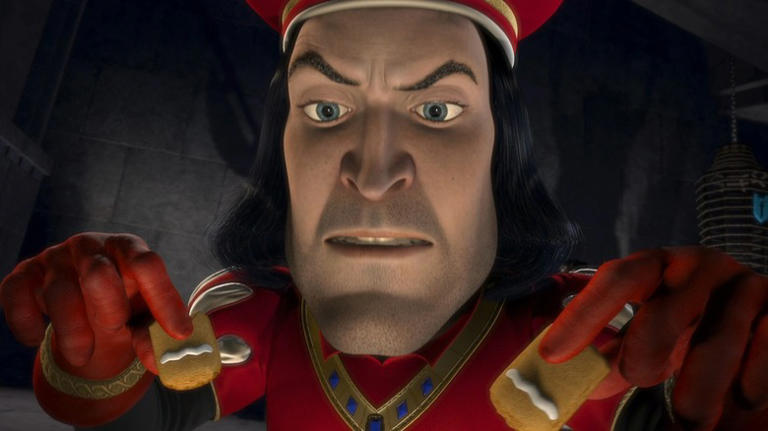
Death
In The Last Wish, Puss in Boots realizes he has used up eight of the nine lives he gets for being a fairy tale cat. The next time he dies, it will be permanent. This terrifies Puss, motivating him to search for the Wishing Star and use it to wish for more lives. In addition to the competition – Goldilocks, the Three Bears, and Big Jack Horner – he is being hunted by a bounty hunter known as the Big Bad Wolf.
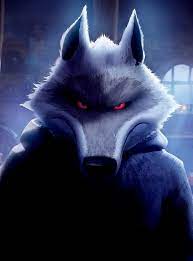
The Wolf is a terrifying villain. The animation of his character, the voice acting performance of Wagner Moura, his iconic whistle, and Puss’ reactions to him all combine to give audiences goosebumps. This is even before the Wolf reveals that he is not just a bringer of death. He is Death, the Grim Reaper himself. He is hunting Puss specifically because Puss wasted his eight previous lives with frivolity, not giving mortality the respect Death thinks it deserves.
Death enjoys chasing Puss and increasing “the smell of fear.” Although he could probably kill Puss very early on in the movie, he sadistically plays with his prey, taunting him from the shadows. Despite this, he shows a sense of honor and fair play. After disarming Puss’ sword in their initial duel, he demands that Puss pick it up so he can try to defend himself. Again, this is partially a way for Death to entertain himself before killing his target, but giving Puss a fighting chance makes Death an even more compelling character.
By the end of the movie, audiences may not even see Death as a villain. He plays the role of antagonist because he tries to kill the movie’s protagonist, but his motivation is wanting the living to appreciate their lives and live well – an ultimately good goal. When Puss demonstrates that he has learned his lesson and is willing to fight to protect his final life, Death becomes frustrated. Killing Puss would no longer be satisfying; Puss has “taken the fun out of it.” So, Death lets Puss go free.
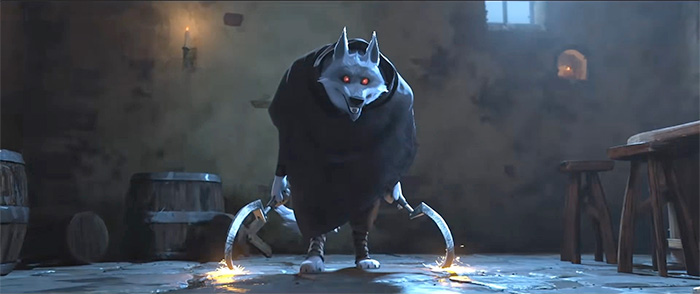
This seems to be a trend for Puss in Boots. He convinces Humpty Dumpty to give up on his goal in the previous movie, and Goldilocks gives up her wish for the greater good. Arthur Pendragon convinces the gang of minor villains in Shrek the Third to be better, but every other villain in the franchise is too committed to his or her goals to give up or have a redemption arc. The fact that Death backs off without being directly asked shows his honorable goals are stronger than his ego, as opposed to all the other villains.
Despite the various moments throughout the Shrek franchise that are more appreciated by adults, the movies are primarily aimed at kids. Villains with simple motivations are easier for children to understand. This is why Farquaad, the Fairy Godmother, Prince Charming, Rumpelstiltskin, Jack and Jill, and Big Jack Horner are so straightforwardly evil and self-centered. This is also why, although one of the main themes of the franchise is that people and things are sometimes more than they appear – i.e., an ogre can be good, heroic, and deserving of happiness – these villains have no redemption arcs.
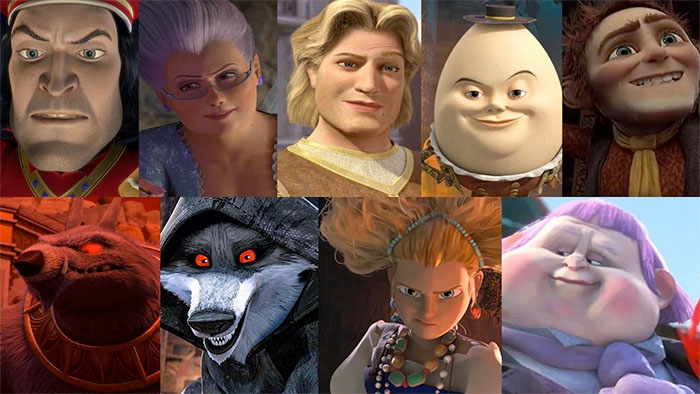
As previously mentioned, Puss in Boots is a non-traditional hero because he commits crimes for the greater good. In turn, many of the villains he faces – Humpty Dumpty, Goldilocks, the Three Bears, and Death – are non-traditional as well. Humpty, Goldie, and the Bears redeem themselves by giving up their selfishness to help Puss, and Death is not as selfish as most villains.
Shrek and Puss in Boots succeed against their antagonists by choosing love and friendship and passionately fighting for it. The moral of the story is the moral of most fairy tales: selfless love is the best way to find your own happily ever after.
What do you think? Leave a comment.
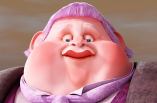
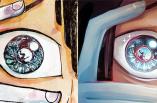
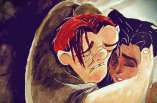
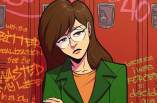
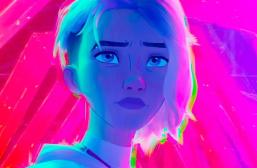
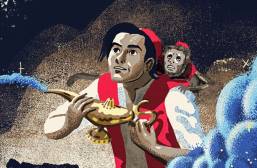
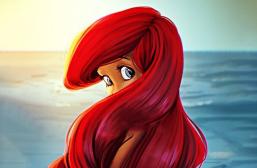
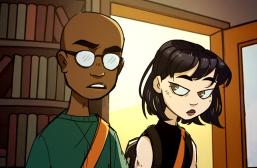
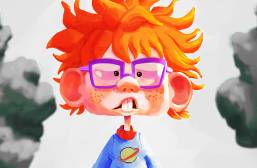
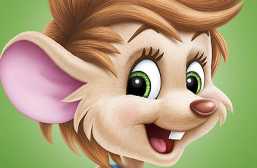
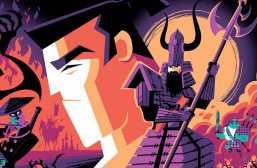
Loved the parallels you drew between the villains. Jack and Prince as spoiled brats is one that my brain never really connected. Loved your breakdown of Death.
This is an interesting analysis, and it’s making me think of the further parallels between the characters you brought up. Thank you for the article!
You said everything i like about the shrek villains.
Charming is my fav antagonist. He’s built up really well, and even though he isn’t the most intimidating for the audience, he definitely has his moments, and his transformation from the 2nd film to the 3rd is golden!
The Wolf is the first cartoon enemy to make me terrified. I’m 23, and I’ve seen a LOT of cartoons. He actually made me anxious, haha!
The wolf is cool but it’s not really a villain, he’s just doing his job. lord farquaad is the OG… Literally sending ppl out to die for his own good, treating everyone like crap and trying to force a marriage without consent
I agree he’s more a force of nature than a villain, but he’s definitely the antagonist since he decided to go for Puss early rather than wait for his last death because Puss pissed him off.
Is he though? Because Puss isn’t actually dead and yet he’s coming for him. It’s even mentioned that he’s breaking the rules. Honestly, what a prick
He takes his job a little more seriously than necessary in special cases. Is that evil? It’s just vague enough to be interesting, which is one of the things that makes him a great villain.
Death: “You know, I’m not a cat person. I find the very idea of nine lives absurd. And you, didn’t value any of them. So why don’t I do us both a favor, and take this last one. Now.”
Puss reflection: “That’s cheating!”
Death: “shhhh, don’t tell.”
The movie does in fact acknowledge that Death is not motivated by the goal of doing his work, but instead motivated by a personal grudge with Puss’ careless regarding life.
Yeah. It does kinda annoy me when people say that he’s not the villain.
I love love love LOVE Death. As a brazilian, having Wagner Moura absolutely nailing a great villain role on a known franchise makes me fucking proud, but Godmother with her vocals are top notch
I was even wondering if Wagner Moura did the Spanish dubbing like Antonio Banderas and Harvey Guillén did as well as Portuguese but he didn’t. I loved Death in the film, it would be cool if we heard that whistle again in a future Shrek film.
Wagner Moura rules, long live Capitão Nascimento.
I honestly abhor that people call Death a villain. He’s not even a villain. He’s just a strong bru doin his freakin job.
Life cannot exist without Death or vice versa.
Death be like “just doing my job” because that’s basically the point of his character. Take one’s life when it’s their time already.
I love this type of article! What are your top Shrek Villains? Mine are:
1) Rumpelstilskin
2) Fairy Godmother
3) Lord Farquaad
4) Prince Charming
For Me Its
1.) Farquaad
2.) Rumple
3 ) Godmother
4.) Charming
1. Rumpleskillskin (Best)
2. Lord Farquad
3. Fairy Godmother.
4. Princes Charming (Wrost)
The only correct ranking.
Man Rumpelstiltskin feels like he had the potential to be one of the best Dreamworks villains ever if he was part of a better movie (not saying Shrek 4 is terrible, but it certainly doesn’t reach the heights of Shrek 1&2).
Ultimately he is still a fine villain though.
Lord Farquaad was a psychological lair and manipulator.
A good thing Fairy Godmother has is that she does care about her son, Prince Charming.
True. She still values one person’s happiness above the well-being of everyone else – it just happens to be her son instead of herself.
The Wolf was actually intimidating even before he was confirmed to be death itself.
YES! His voice, design, personality, abilities, and even his whistle put me at the edge of the seat.
The way he was introduced, eerie. He felt more Big Bad Wolf than the actual Big Bad Wolf who prefers to sleep in beds.
Puss seems to have a thing when it comes to fighting against wolves. That seems to be the animal that intimidates him the most. I wonder if that’s why they made Death a wolf in The Last Wish. I think part of it is also in Egyptian and Norse mythology that the symbolism of death is wolf being the guide to the afterlife.
See also Dimension 20 Neverafter, in which the Big Bad Wolf is the manifest representation of Endings. Like, the words “The End” grew legs and sharp teeth. Arguably worse than death in a world where everyone acknowledges the fact that they’re fictional characters.
Fairy Godmother is from one of my favorite Shrek Movies (The other is Shrek 4) and it was cool that she was the mastermind behind Fiona’s problems.
Her song was so epic that to me, that every time I hear I Need a Hero in another place, I always think of this movie. The fact that she faked her goodness and and bullied Harold but her plan fell apart to the end of the movie was amazing, she understimated Shrek and Fiona’s love that it caused the King to ruin her plans, her bullying was her undoing.
Looooove Rumpelstiltskin. “Bring me my angry wig!”
Rumpelstiltskin has got to be my favorite. Not only because of his over-the-top attitude, but just because of the fact he actually does what other villains can’t do.
He wins for the entirety of Shrek: Forever After. Farquaad didn’t get Fiona nor the title of king, Fairy Godmother didn’t win the throne of Far Far Away, Charming got laughed at even when he “won the kingdom”, lost his “army” and literally dies right after. Rumpel took Shrek’s life away and had the kingdom in the palm of his hand. Sure, he still lost at the end but the point is still valid, he won the first time around with Shrek by outsmarting him in a deal.
For the Puss in Boots side, I really enjoy Jack Horner from A to Z. From his backstory to his attitude, the character is just a blast. Shoutout to Death tho, he was also a great villain.
Yup. That’s called “raising the stakes.” Lots of stories do that – Star Wars, the Matrix, and the Hunger Games all start with the bad guys already in control, putting the heroes at a disadvantage. This makes it even cooler when the heroes win.
Also the fact that he straight up kills Fiona’s parents. The way they die is pretty creepy because you can see the fear in their eyes before they vanish.
I agree, Rumpel was the most redeeming thing about Shrek 4.
Jack Horner is amazing because he was a obvious villain that was meant to be punished in the end. Something the people at Disney has not done for a long time in their films.
He is funny and ugly (lol)!
Dream Works can make great villains!
Death is pure evil.
Death is just doing his job not evil or broken just its his job.
Death is quite literally just doing his job.
Rumpel is the perfect combination of funny and threat. He raises the stakes way higher than the rest of the Shrek villains, Hell, even most of the other Dreamworks villains, instead of being a villain with actual social status, he’s a reject to society, he’s also one of the funniest villains in Dreamwork’s catalog, and Rumpel also has a great voice, I like it, he sounds so devious and deceitful, c’mon, he’s Rumpelstiltskin.
Rumpel was the first shrek villain to actually win.
Unlike other shrek villains , rumple was the one to actually damn near win , he’s the one who damn near killed shrek and ruined his life , he was the most powerful villain.
Lord Farquaad doesn’t seem to have anyone in his life who he actually cares about. At least the Fairy Godmother actually loves her son Prince Charming and he loves her back and Rumpelstiltskin cares about his pet goose Fifi.
I think that what I both like and dislike about this Rumpelstiltskin is that in all three previous Shrek movies (to varying degrees) they wanted to subvert fairy tale expectations with the villains as well as with the heroes. Shrek is an ogre but he’s not cruel just misunderstood. Fiona is a Princess but True Love’s Kiss transformed her into an Ogress instead of the other way around. Lord Farquaad builds a castle to look like Disneyland but is actually evil. The Fairy Godmother is a manipulative mastermind while Prince Charming is shallow stupid and violent. (And evil.) With Rumpelstiltskin they took a character from a Fairy Tale and changed very little. Rumpelstiltskin doesn’t explicitly ask for Shrek to sign his children away (like in the fairy tale) but he succeeds in manipulating Shrek into signing his children away like in the tale. For once they had a fairy tale character behave like his fairy tale would actually have him behave. That said, I do like him as an antagonist I just wish the movie had explained (or at least acknowledged) that he looked and sounded nothing like he did in Shrek 3.
It’s possible that that Rumplestiltskin is a different one from the 3rd film.
The track that plays when Goldie looks at the book is amazing!
I think Rumpelstiltskin is a great villain, he is a nasty little bastard that everyone hate but because he have great personality and having fun while doing it, it makes him likeable.
Rumpel is a lot like Lord Farquaad, the Fairy Godmother, and Prince Charming combined.
I’d say that’s accurate.
I hate Rumpelstilkskin he’s such a bland and lame villain he wasn’t entertaining the only entertaining Shrek villain is the Fairy Godmother
I’d say Rumpel is more evil than farquaad and fairy godmother due to the fact that he tried to commit genocide on ogres.
Oh yeah. Throwing acid on his employees as opposed to just not providing dental insurance. Rewriting reality so no one knows things used to be different as opposed to just changing the way things are going forward. Rumpel raises the stakes.
Change my mind, but I think Death is the best animated villain I’ve ever seen.
Death is a lot of fun. But I love Farquaad cause it’s just a kid friendly way to say “fuckwad”
Cool analysis of these villains, and while I wouldn’t have put them in the order you chose, I respect that choice because of how it lines up with the way you explain everyone’s personalities (Bonnie and Clyde-esque criminals vs. spoiled brats vs. dictator and so on). I haven’t actually seen every single movie in the Shrek franchise because I’m one of those people who tends to think, “Sequels are never as good as the originals.” But now I want to!
Yup. Arranging things in categories like that is a side effect of overthinking way. too. much. about them.
This franchise has a way with making their villians iconic and memorable, quite literally I think Charming’s ‘not now kitten whiskers’ is scarred in my brain…
Rumple STIL skin was the most iconic and memorable villain of the franchise